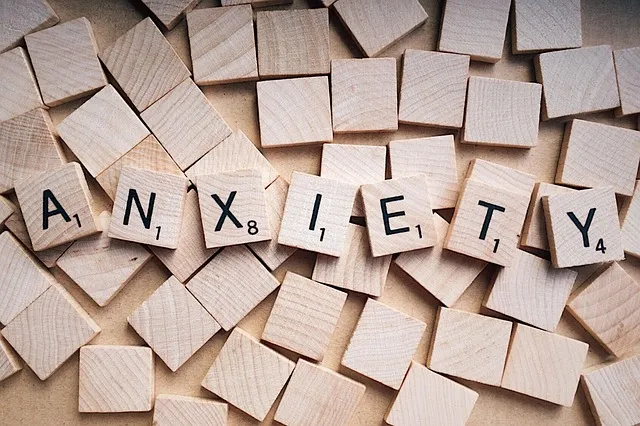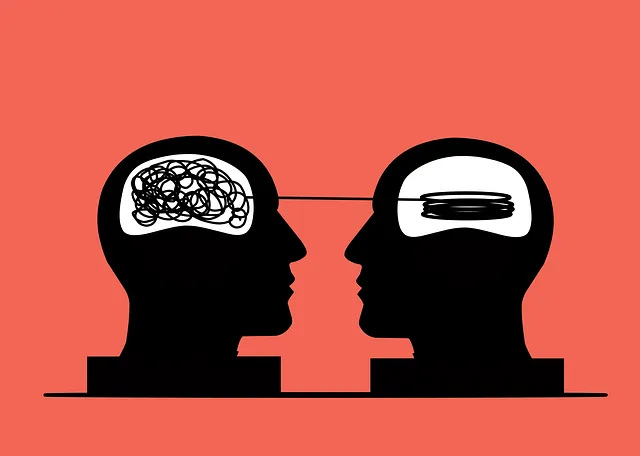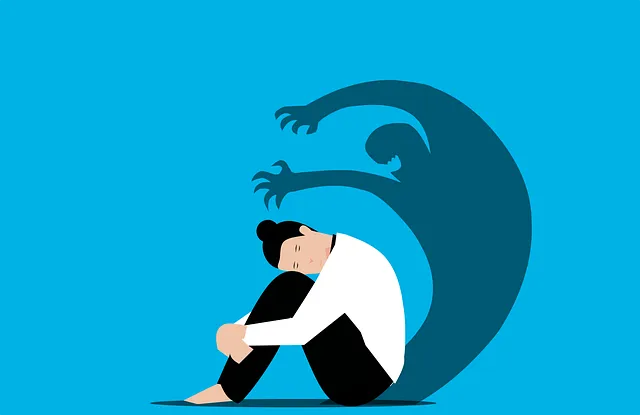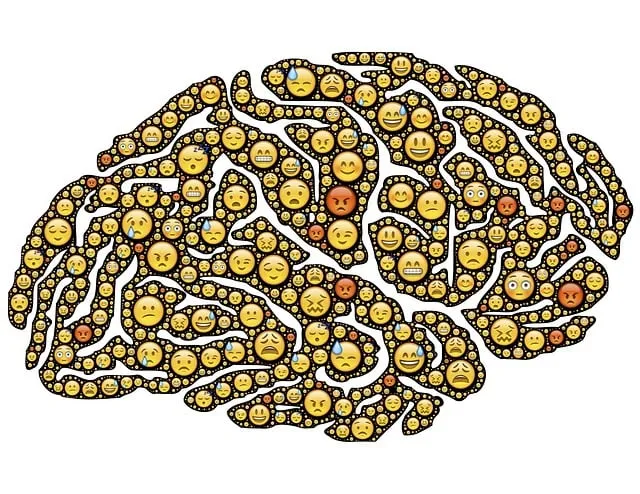Longmont Kaiser Permanente mental health center prioritizes resilience-building through Resourcefulness, Strengths, and Resilience (RFM) programs. These structured exercises focus on coping skills, self-care, and mind over matter, offering individualized support for effective life challenge navigation. Employing evidence-based practices like mindfulness and cognitive reframing, the center fosters inner strength and adaptability, empowering individuals despite external circumstances. Continuous improvement is driven by data-driven metrics, client feedback, and policy analysis, ensuring a dynamic, effective mental health care environment.
At Longmont Kaiser Permanente mental health center, we’re pioneering innovative approaches to patient care, with a focus on resilience. This article delves into RFM (Recovery, Flexibility, and Mastery) and its significant role in building resilience through structured exercises. We’ll guide you through a step-by-step implementation process, from identifying key areas to measuring success and fostering continuous improvement. Discover how these strategies are transforming patient outcomes at Longmont Kaiser Permanente.
- Understanding RFM and Its Significance at Longmont Kaiser Permanente
- Implementing Resilience-Building Exercises: A Step-by-Step Guide
- Measuring Success and Continuous Improvement Strategies
Understanding RFM and Its Significance at Longmont Kaiser Permanente

At Longmont Kaiser Permanente mental health center, understanding Resourcefulness, Strengths, and Resilience (RFM) is paramount in fostering a supportive environment for individuals seeking mental wellness. RFM serves as a cornerstone for resilience building exercises, focusing on three key areas: coping skills development, self-care practices, and mind over matter principles. By empowering patients with these tools, Longmont Kaiser Permanente aims to equip them with the necessary resources to navigate life’s challenges effectively.
This approach recognizes that resilience isn’t merely about overcoming adversity but also about cultivating inner strength and adaptability. Through structured programs and individualized support, the mental health center helps individuals build a robust foundation of resilience, enabling them to thrive despite external circumstances. By integrating RFM into their care model, Longmont Kaiser Permanente ensures that patients leave not just with coping mechanisms, but with a sense of empowerment and self-belief.
Implementing Resilience-Building Exercises: A Step-by-Step Guide

Implementing Resilience-Building Exercises at Longmont Kaiser Permanente mental health center involves a structured approach that fosters a culture of strength and coping mechanisms. Here’s a step-by-step guide to ensure effectiveness:
1. Assess Needs: Begin by evaluating the specific needs of your community within the mental health center. Different groups may require tailored exercises focusing on issues like stress management, conflict resolution techniques, or mental illness stigma reduction efforts. Engage with staff and clients to understand their challenges and aspirations.
2. Design Customized Programs: Based on your assessment, develop a series of resilience-building workshops and sessions that cater to diverse needs. Incorporate evidence-based practices such as mindfulness training, cognitive reframing, and social support networks. Ensure these exercises are inclusive and accessible to all participants, regardless of their background or current mental health status.
3. Establish Clear Objectives: Define measurable goals for each exercise, focusing on skill development in areas like emotional regulation, problem-solving, and effective communication. These objectives should be communicated clearly to both facilitators and attendees, setting the stage for a successful experience.
4. Train Facilitators: Invest in thorough training for all facilitators to ensure they understand the exercises’ objectives, underlying theories, and practical application. This step is crucial for maintaining consistency and quality in delivering resilience-building activities that promote mental well-being, including mood management techniques.
5. Implement and Monitor: Roll out the programs, offering a mix of group sessions, workshops, and one-on-one exercises. Regularly gather feedback from participants to gauge the impact of these initiatives. Adjust as needed to ensure the continued relevance and effectiveness of resilience-building efforts at Longmont Kaiser Permanente mental health center.
Measuring Success and Continuous Improvement Strategies

Measuring success and implementing continuous improvement strategies are vital components of any effective program, particularly at institutions like the Longmont Kaiser Permanente mental health center. By establishing clear metrics to evaluate the impact of resilience-building exercises, the center can assess whether these initiatives are fostering positive changes in participants’ mental well-being and coping mechanisms. This data-driven approach allows for evidence-based decision-making, ensuring that resources are allocated where they’re most needed.
Regular assessments and feedback from clients, staff, and even local community members through the Community Outreach Program Implementation can provide valuable insights. Integrating these perspectives into a Mental Health Policy Analysis and Advocacy strategy enables the center to identify areas of improvement and adapt their resilience-building programs accordingly. Additionally, proactive measures like burnout prevention initiatives should be continually evaluated to ensure they remain effective in an ever-changing healthcare landscape.
At Longmont Kaiser Permanente mental health center, incorporating RFM (Resilience, Flexibility, and Mastery) principles and resilience-building exercises has proven to be a game-changer. By following the step-by-step guide outlined in this article, other healthcare facilities can effectively implement these strategies, fostering a more resilient environment for both staff and patients. Measuring success through continuous improvement strategies ensures that these initiatives remain impactful and adaptable to the evolving needs of the Longmont Kaiser Permanente community. This holistic approach not only enhances overall well-being but also strengthens the ability to navigate life’s challenges, ultimately improving the quality of care provided.






